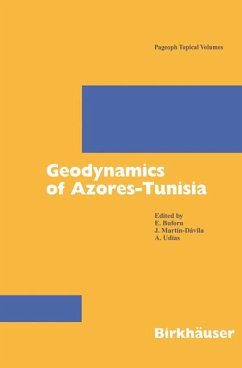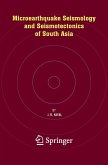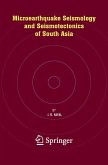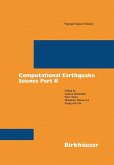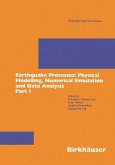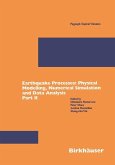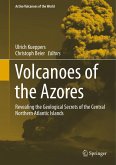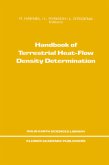The Azores-Tunisia region is formed by the western part of the plate boundary between Eurasia and Africa. This plate boundary presents a complex nature due to its proximity to the pole of rotation of the African plate. This condition produces crustal extensions and normal faulting at the Azores archipelago, transcurrent motion with strike slip faulting at the center part of the Azores-Gibraltar fault and at the eastern end, from the Gulf of Cadiz to Tunisia, plate convergence with reverse faulting. In this last part, the collision of Iberia with northern Morocco produces complex phenomena with intermediate depth and deep earthquakes and an extensional regime at the Alboran sea. Recently, new evidence has been gathered in this region based on observations from geology, geodesy, mainly through GPS measurements, seismology, especially with the installation of broad-band stations, and other fields of geophysics, such as paleomagnetism and gravimetry. This volume presents a collectionof papers dealing with the geological and tectonic structure and evolution of the region and parts thereof, its seismicity and seismotectonic implications and geodetic and paleomagnetic observations which offer new understanding of the complex geodynamics of this region.
Hinweis: Dieser Artikel kann nur an eine deutsche Lieferadresse ausgeliefert werden.
Hinweis: Dieser Artikel kann nur an eine deutsche Lieferadresse ausgeliefert werden.

